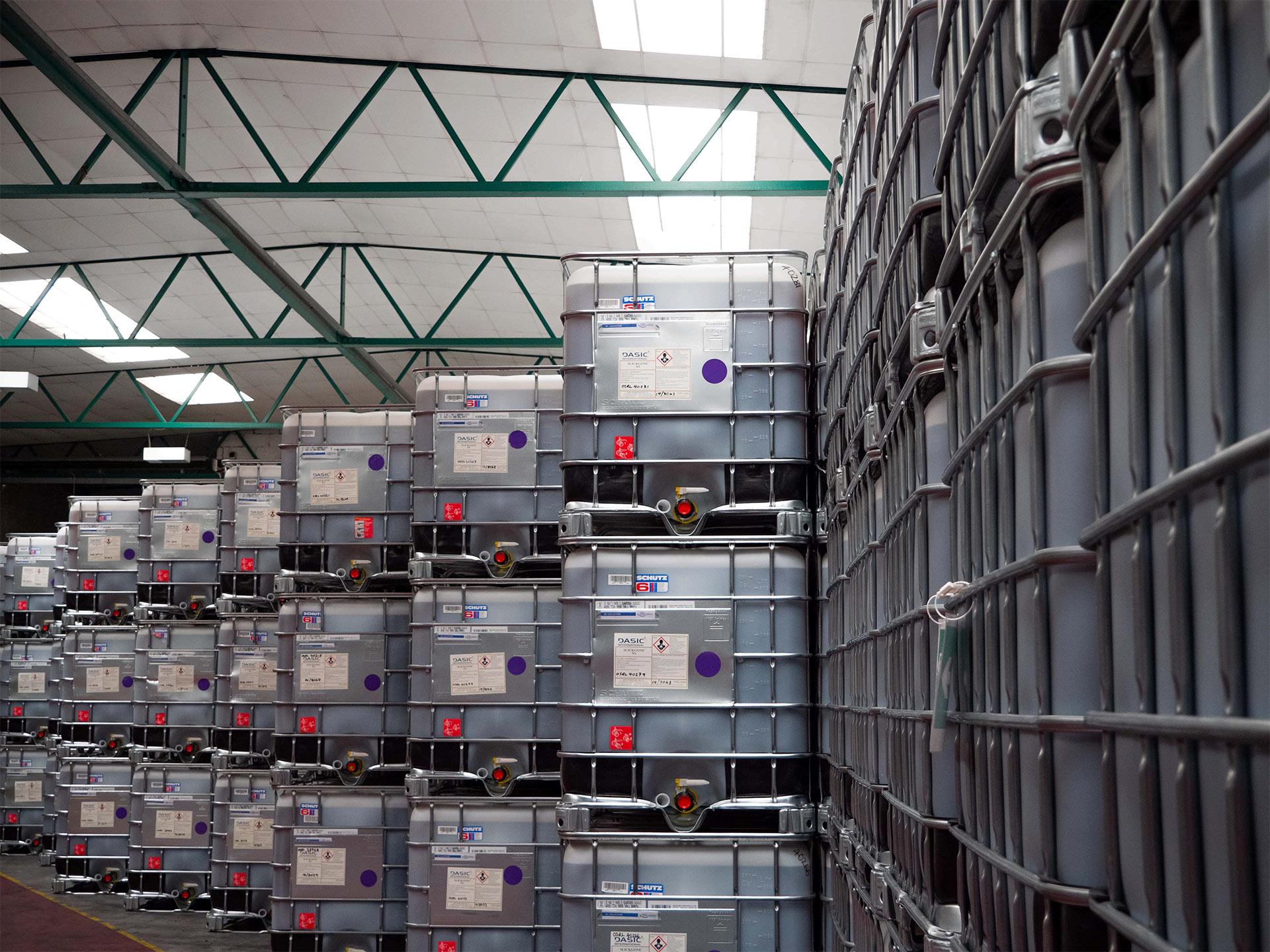Shared Lessons for Risk Communications
It is striking how many parallels can be drawn between the Covid-19 health crisis and an oil spill response. They are both emergency response situations that can have impacts lasting months or years. In both cases, we see a situation where a bad thing has already occurred and the task at hand is to mitigate the unfortunate consequences for the optimal outcome.
There may be several options and decisions to make to limit the damage, and a need for these options to be considered objectively, based on science rather than driven by emotion. In the oil spill response community this process is known as Spill Impact Mitigation Assessment (SIMA).
The SIMA discussion may require the debunking of myths and unfounded perceptions about different response techniques. Any detrimental effects on the economy or the environment need to be balanced against the impact mitigation supported by case history evidence and unambiguous science.
The SIMA output provides a semi-quantitative output to support the decision-making process however the challenge remains to communicate the output in clear, concise, and objective ways that stakeholders can access and understand.
In this webinar, we explore the parallels and lessons learned from the communications around the response to the pandemic and whether we can transfer these to effective dispersant communications.






